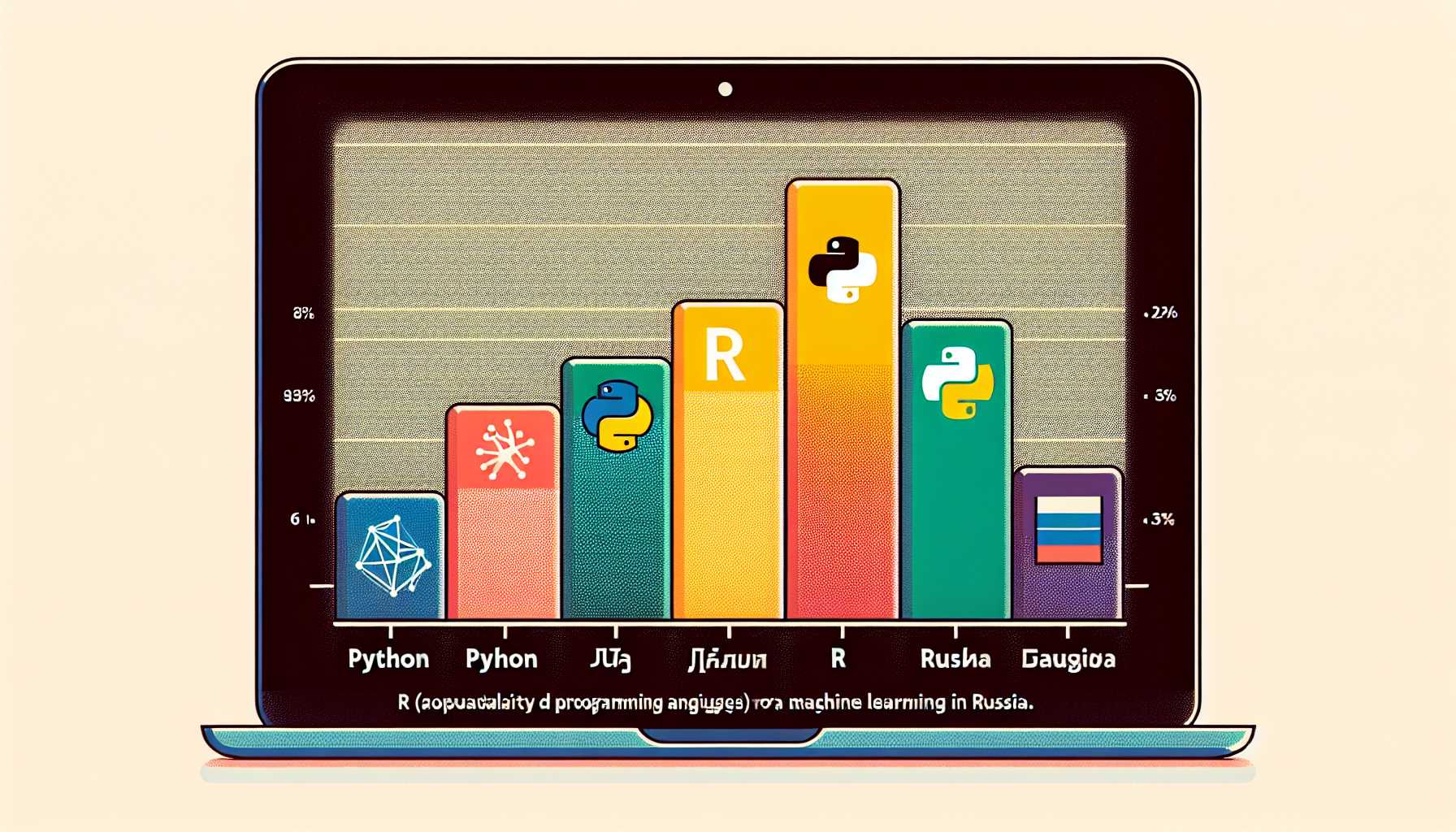Machine Learning in Russia: The Reigning Programming Language
Machine learning is rapidly gaining traction in Russia, with developers and researchers embracing its potential to revolutionize various industries. But what programming language reigns supreme in this dynamic landscape? Let’s delve into the realm of machine learning in Russia and uncover the most popular language driving its advancements.
Python: The Undisputed Leader
Python emerges as the clear frontrunner in the Russian machine learning scene. Its popularity stems from a multitude of factors, including:
- Versatility: Python’s general-purpose nature makes it adaptable to diverse machine learning tasks, from data analysis and model training to deployment.
- Extensive Libraries: The Python ecosystem boasts a plethora of machine learning libraries, such as TensorFlow, PyTorch, and scikit-learn, offering pre-built functions and algorithms for efficient development.
- Readability: Python’s syntax is known for its clarity and conciseness, making it easier for developers to understand and maintain code.
- Large Community: Python enjoys a vast and active community in Russia, providing ample support and resources for learners and practitioners.

R: A Strong Contender
R, a language specifically designed for statistical computing and graphics, holds a prominent position in the Russian machine learning landscape. Its strengths lie in:
- Statistical Analysis: R excels in data exploration, visualization, and statistical modeling, making it a valuable tool for understanding and analyzing data.
- Package Ecosystem: R offers a rich collection of packages for machine learning tasks, including data manipulation, model building, and evaluation.
- Academic Popularity: R is widely used in academia, particularly in statistics and data science, contributing to its adoption in research-oriented machine learning projects.
Other Notable Languages
While Python and R dominate the Russian machine learning scene, other languages are also making their mark:
- C++: For computationally intensive tasks and performance-critical applications, C++ remains a popular choice.
- Java: Java’s scalability and platform independence make it suitable for large-scale machine learning projects.
- Julia: This relatively new language is gaining traction for its speed and efficiency in scientific computing and machine learning.
Conclusion
Python’s versatility, extensive libraries, and large community solidify its position as the most popular programming language for machine learning in Russia. However, R remains a strong contender, particularly in statistical analysis and research-oriented projects. Ultimately, the choice of language depends on the specific requirements and preferences of the project.
